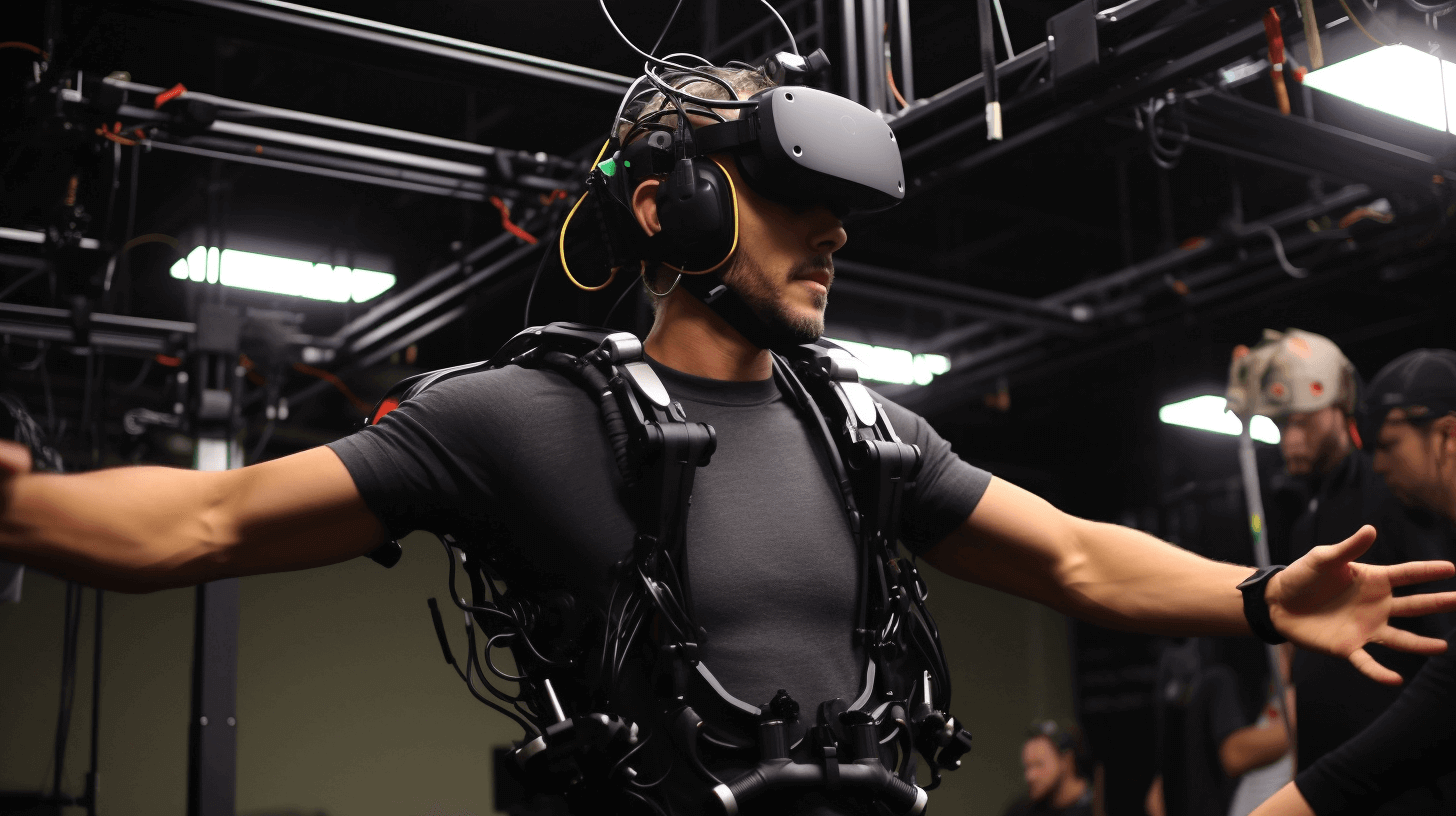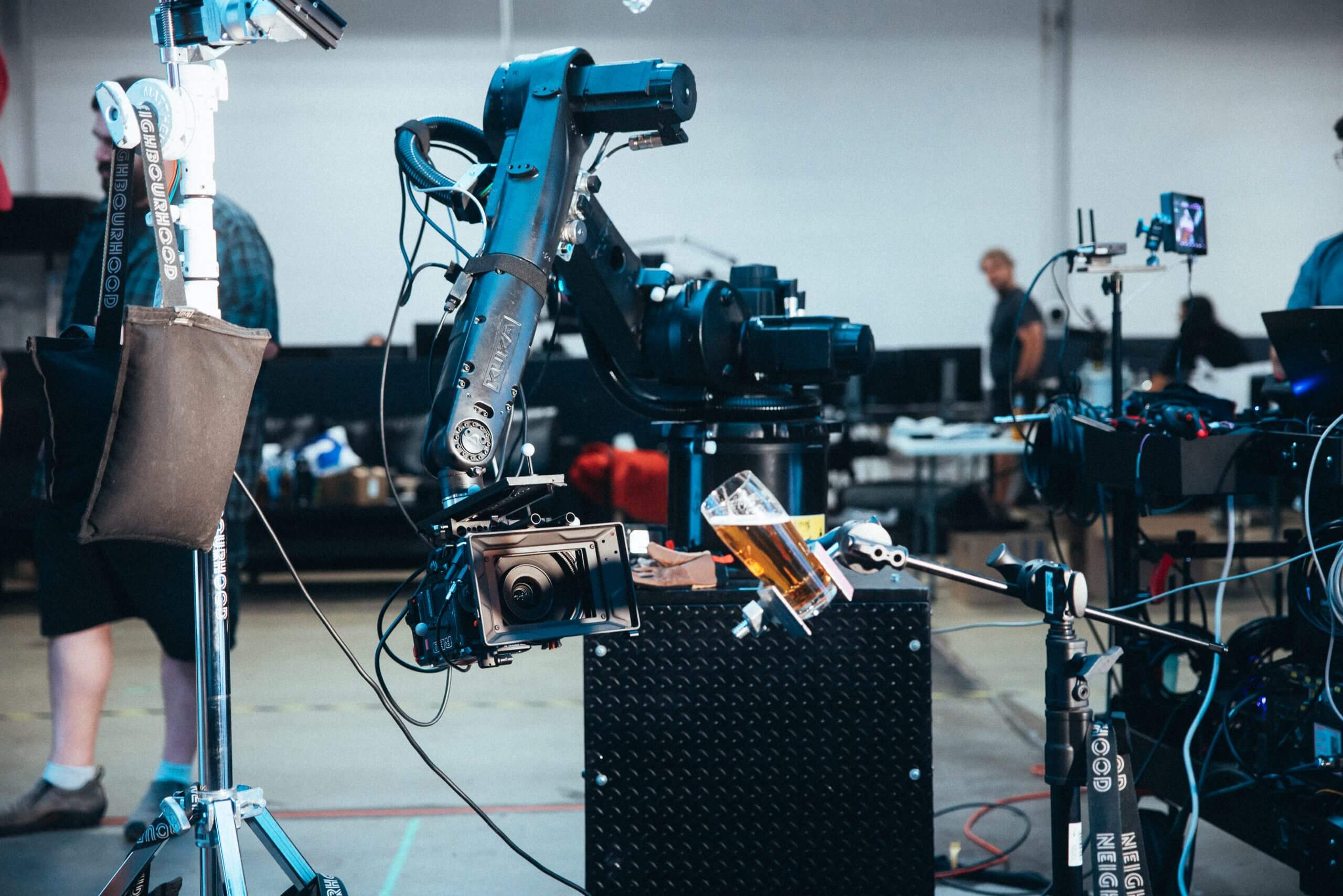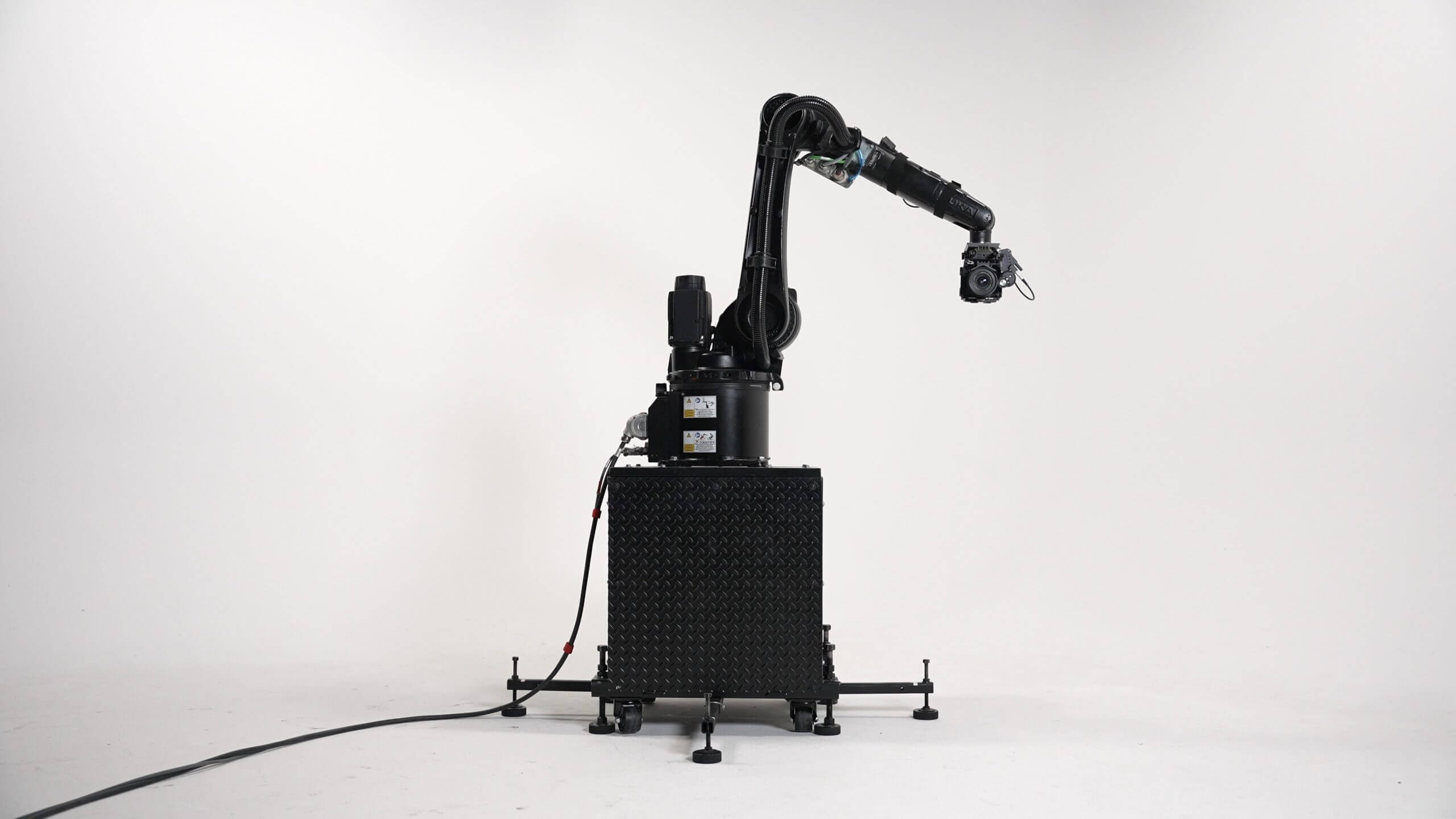
How to Choose the Right Robotic Camera System for Your Needs: A Comprehensive Guide
- marsmoco
- February 20, 2023
- 9:05 am

Need help determining what factors to consider when choosing a robotic camera system for your filming needs? This guide covers everything from the payload and reaches to repeatability and synchronization so that you can make an informed decision.
Consider Your Filming Needs
Understanding your specific filming needs is essential for a successful project. It allows you to plan, anticipate potential problems and create a strategy to capture the desired shots. By understanding the type of shots required, you can plan out the best angles and equipment needed to pull off the desired effect.
Consider the Type of Shots
When planning your shots, it’s important to consider the type of shots you’ll need to convey the story effectively. There are numerous types of shots which you can use, from close-ups, establishing shots, medium or long shots and even extreme close-ups or wide-angle lenses.
Depending on the type of footage you’re hoping to obtain will influence the types of camera equipment needed to capture those shots. A good rule of thumb when selecting a camera is that it should be able to shoot 1080p video at 24 frames per second minimum; however, some projects may require shooting in 4K.
lenses
Choose the Right Camera Lens for Your Project
Along with selecting an appropriate camera, another key component is deciding what lenses will be used during production. Different lenses allow for different shooting effects, such as shallow depth-of-field or wider angles for panoramic views.
Again, being mindful of the types of shots needed beforehand helps decide what lenses are most appropriate for capturing those visuals effectively and efficiently.
Understanding specific filming needs is paramount for creating compelling visuals that tell a story or achieve a certain look. When planning one’s shoot, it’s important to understand exactly what type of footage one wants to capture so one can select the appropriate camera and lens options that will best suit their project’s needs to obtain optimal results.
Payload and Reach
Payload and reach are two of the most important factors to consider when choosing the right robotic camera system for your needs. Payload is the amount of mass a robot can carry or transport, while reach is the maximum distance a robot can operate. These two characteristics are key determinants of how much work a robotic system can do and how accurately it can be operated.
What Payload You Will Need
Considering payload and reach when picking out a robotic camera system is essential because not all systems have the same capacity for load-bearing or distance operating capabilities. For example, if you need your robotic camera system to move large pieces of equipment around, you’ll need one with a high payload capacity. On the other hand, if you’re looking for a camera system that can move along long distances, you’ll need one with high-reach capabilities.
Need to Carry Heavy Objects?
When selecting a robotic camera system, carefully consider the type of tasks you’ll need it to do. Select one with larger payload capacity capabilities if your robot is used for lifting heavy objects.
Similarly, if reaching long distances accurately and efficiently is important in your application needs, find a model that can fulfill those requirements too. Furthermore, factor in any additional weight from add-ons like cameras or sensors that could affect the total load the robot carries when making your decision.
Consider its intended use – from carrying heavy objects to working long distances – to get a product capable of meeting those expectations without compromising performance or reliability. With careful consideration of these factors beforehand, you should have the best choice for whatever project or task.
Repeatability and Synchronization
When choosing the right robotic camera system for your needs, repeatability and synchronization are the most important factors to consider. Repeatability measures how well a robotic camera system can accurately reproduce the same motions every time it performs them.
Synchronization, on the other hand, is a measure of how well all components of the robotic camera system work together in harmony and operate simultaneously.
Why Repeatability and Synchronization Are Vital?
Both repeatability and synchronization are important considerations when selecting a robotic camera system because they directly affect the quality and precision of your images. Poor repeatability will result in inconsistent movements, leading to unclear or blurred images due to inaccurate positioning or movements. Poor synchronization will cause timing issues, leading to missed shots or delays in capturing important moments.
Let's Consider Your Needs
When evaluating a robotic camera system for these factors, ask detailed questions about its capabilities. Ask about its accuracy, speed, precision and reliability when performing repetitive motions or working with multiple components simultaneously.
controlling motion parameters
You should also inquire about any calibration procedures that must be performed before using the system and if any software tools are available for making adjustments or controlling motion parameters such as speed, acceleration and deceleration rates.
Accessibility of Motion Control Camera
Additionally, it’s important to find out if there are any limitations or restrictions on where or how far away from its base point your robotic camera system can travel to get the shots you need.
Effective Synchronization
Conversely, if you’re shooting fast-paced scenes, look for systems with quick response times and effective synchronization between its components so you don’t miss those fast-moving moments.
Compatibility and Integration
When choosing a robotic camera system, one of the most important considerations is whether the system is compatible and easily integrates with other equipment you may have. This can ensure a smoother workflow while providing more flexibility in case you need to upgrade or change components. Compatible systems are typically able to communicate with each other, allowing for easy setup and remote access.
Compatibility is Key for Robotic Camera Systems
Furthermore, compatibility is an important factor to consider if you plan on using your robotic camera system in environments requiring additional security measures such as encryption.
Systems with secure communication channels can protect your data and prevent it from falling into the wrong hands. Additionally, some systems are only compatible with certain hardware and software programs, so it’s important to ensure that your system can work with what you already have or may need in the future.
Customizable for Your Unique Needs
It’s also worth looking into how easily customizable a system is before purchasing. Some robotic camera systems come pre-programmed with features that may not be suitable for all applications, so look for one that can be easily customized according to your specific needs and preferences. Customizable systems allow you to adjust settings such as resolution, frame rate and image quality to get the best possible footage for all your projects.
Installation
Finally, consider how easy it will be to install and maintain the camera system once purchased. Look for systems with comprehensive installation instructions and robust support services should any issues arise during setup or operation.
Robotic cameras involve complex components that must be installed correctly to ensure they operate properly. Having reliable support services will ensure that problems are addressed quickly and efficiently without disrupting workflow or productivity.
Ease of Use and Flexibility
When choosing a robotic camera system, look for one that is easy to use and flexible. It should have settings you can change easily, like resolution, frame rate and image quality. See if it has instructions on installing it so it works properly. And find out if there is good support available in case you need help using the system.
Hardware and Software Aspects
When looking for a robotic camera system that offers ease of use and flexibility, it is important to consider both the hardware and software aspects. For hardware, look for systems with intuitive controls and user-friendly interfaces that allow you to quickly access settings like resolution, frame rate, image quality and more. Additionally, if you plan on using the system in environments requiring security measures such as encryption, ensure that the system you choose is compatible with these protocols.
Comprehensive Instructions
When it comes to software, look for systems with comprehensive instructions on installing and maintaining the system. Additionally, look for systems that offer full support services if any issues arise during setup or operation. Finally, make sure the system is customizable so you can tailor it to fit your needs. With the right robotic camera system, you can be sure your projects will be captured perfectly every time.
Budget
When looking for a robotic camera system, it is important to consider how much money you have to spend. The more money you can spend, the better the system will be. But make sure that the system has all the features and instructions you need. You don’t want to buy a system that does not have everything you need.
Consider the Initial and Installation Costs
When considering the initial cost of purchasing and installing a robotic camera system, it is important to factor in all of the components required for installation and operation. This can include cameras, controllers, lenses, and other necessary peripherals.
Additionally, you may need to factor in any professional services needed to install and configure the system properly. It is also important to consider any additional upgrades that may be necessary regarding software or hardware updates.
Ongoing Maintenance Expenses
When it comes to ongoing maintenance costs associated with robotic camera systems, several factors need to be taken into account. First and foremost is the cost of replacing or upgrading parts over time as technology advances or components fail due to wear and tear. Additionally, you should factor in any subscription fees associated with software packages used with your camera system. Finally, if you choose a wireless system, monthly fees may be associated with connecting it to a cellular network provider for remote access capabilities.
Conclusion
Choosing the right robotic camera system for your filming needs is an important decision that requires careful consideration of several factors. When it comes to hardware, look for systems with intuitive controls and user-friendly interfaces that allow you to quickly access settings like resolution, frame rate, image quality and more.
Additionally, ensure that the system is compatible with any necessary security protocols. Ensure the system comes with comprehensive instructions and is customizable to fit your needs.
Finally, factor in all of the initial and installation costs as well as any ongoing maintenance expenses. With the right robotic camera system, you can be sure your projects will be captured perfectly every time.
Now that you have all this information, it is time to start shopping around and find the perfect solution for your projects. Good luck!
*Recent Posts


Motion Control Camera for Film and Television Production | Marsmoco
The Benefits of Using a Motion Control Camera System for Product Videography
